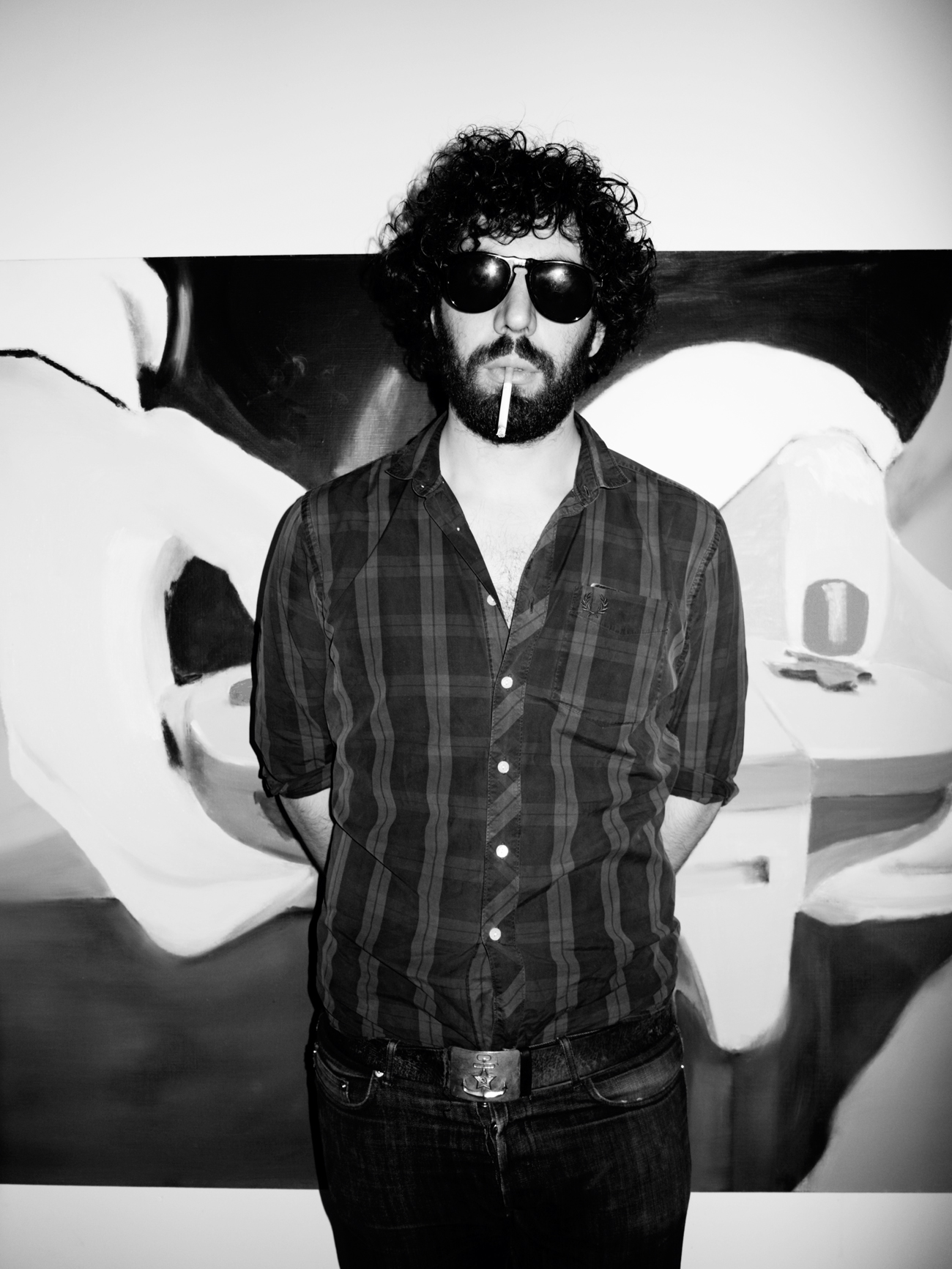Purple Magazine
— F/W 2010 issue 14
Romain Gavras
 Portrait by Olivier Zahm
Portrait by Olivier Zahm
interview and portrait by OLIVIER ZAHM
and film stills from OUR DAY WILL COME
featuring VINCENT CASSEL and OLIVIER BARTHÉLÉMY
Could it be that ROMAIN GAVRAS will inject new life into French cinema? This young filmmaker — the son of the celebrated ’70s political director, Costa Gavras — became a sensation with his two violent and controversial music videos, “Stress” (2008) for the French band Justice, and “Born Free” (2010) for M.I.A. Building on his internet success, Romain has just completed his highly anticipated first feature-length film, Our Day Will Come, with the French actor Vincent Cassel, the star of La Haine.
OLIVIER ZAHM — You started shooting films when you were a kid and then, with your friends you founded the collective Kourtrajmé (French Pig Latin for “short film”, called KTM).
ROMAIN GAVRAS — Yes, I started out with…